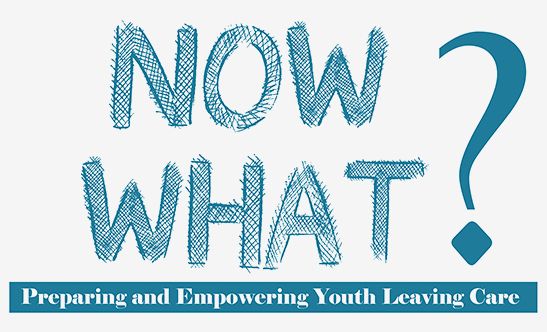Projects
NOW WHAT? Empowering Youth Leaving Care
The project “NOW WHAT? -Empowering Youth Leaving Care” aims to promote strategies to help young people who leave institutional care in developing their potential to be autonomous. Specifically, the project will develop support strategies to assist young people aged 16 to 19 who are either institutionalized or have recently left institutions, in various domains: housing, training, financial and legal support, and social and work inclusion. From this perspective, it is expected that the “Now What?” project will help young people who left institutional care to build their autonomy and move to emancipation into adulthood.
In line of its main goal, the NOW WHAT? project is premised on the idea that investing in, and adequately resourcing, the acquisition of basic life skills for prospective care leavers is the single most important component for after care success and independence. In this sense, the project intends to develop and undertake a comprehensive strategy to better enable care-experienced children deliver improvements in their educational, social and economic outcomes. This is important because preparation for leaving care will provide young people with opportunities for planning, problem solving and learning new competencies. For this purpose, preparation for leaving care should include development of personal and self-care skills in terms of budgeting, time management, health, nutrition, hygiene, and conflict resolution.
Research Team
- António Teodoro (CEIED/Lusófona University)
- Eduardo Figueira (CEIED/Lusófona University)
- Elsa Estrela (CEIED/Lusófona University)
- Margarida Belchior (CEIED/Lusófona University)
- Marlene Rodrigues (ISSocial/Lusófona University)
- Paula de Deus (ISSocial/Lusófona University)
- Rosa Serradas Duarte (CEIED/Lusófona University)
Partners
The project brings together 8 entities from 4 countries of the European Union as follows:
- West University of Timisoara (Roménia)
- SOS Satele Copiilor (Roménia)
- Athens Lifelong Learning Institute (Grécia)
- The Smile of the Child (Grécia)
- Lusófona University
- Associação Chão dos Meninos (Portugal)
- Tirana University (Albânia)
- SOS Children’s Villages (Albânia)
- Período Date
01.03.2018 to 30.06.2020 - Financiamento Funding
Erasmus +: 187.201,14 EUR - Referência do Projeto Project Reference
2017-3-RO01-KA205-047117



